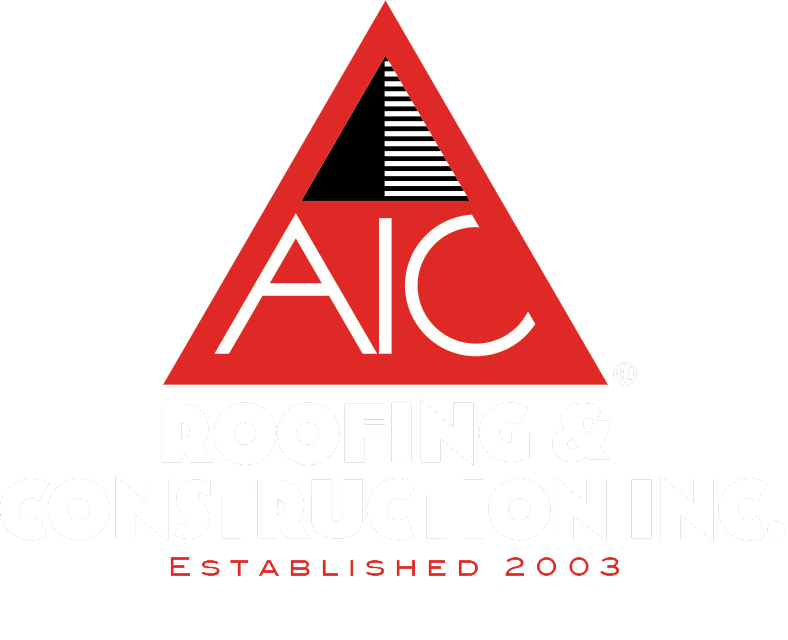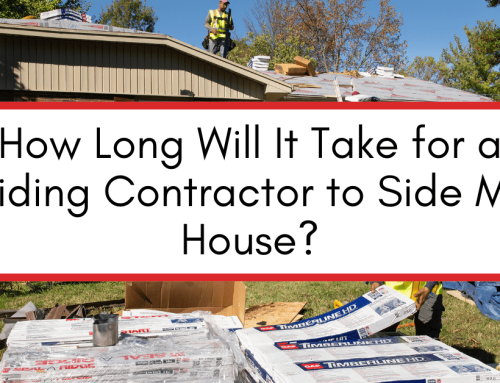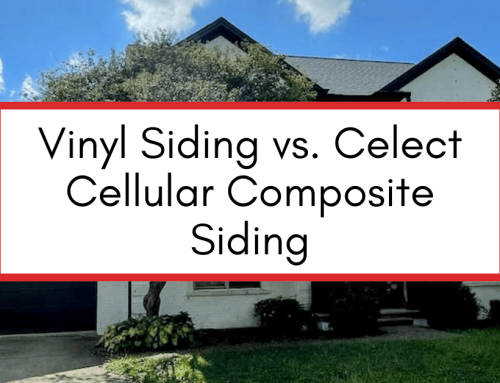Siding has a significant impact on the curb appeal of your home. On average, your home’s siding can last 20-30 years if properly maintained. If your vinyl siding is damaged or showing serious signs of wear, it may be time to replace it.
AIC Roofing has served the Louisville, Lexington, and Richmond areas since 2003. Our siding experts have helped homeowners solve all types of siding issues and can explain exactly why your siding may be failing. Depending on your situation, your siding may not need to be replaced.
In this article, we’ll cover how to spot the warning signs of failing siding and some siding replacement options.
7 Signs it’s Time to Replace Your Siding
Most homeowners are not siding experts – and that’s OK! However, it is a good home maintenance practice to visually inspect your siding a few times a year and look for the warning signs of failing siding. What are the red flags you should look for on your siding?
1. Your siding is splitting or cracking.
Splits and cracks are often the most obvious signs that your siding is failing. If you notice cracked or warped siding, your siding may be damaged beyond repair. If you can touch the layer beneath your siding, lightly touch it to see if it gives way or is solid. This will show you how deep the damage is and if wood rot is present. In this case, you would want to call a Lexington siding expert as soon as possible to limit any structural damage to your home.
2. Your siding is swelling in some areas.
Swelling is a sign that water is trapped in your siding. If you notice areas that look bowed or swollen, likely, water is somehow being trapped in your siding. If water is building up in your home’s siding, mold, mildew, and rot will soon follow. You’ll need to replace your home’s siding to ensure your home is properly protected.
3. Rot, fungus, mold, or mildew is present on your siding.
Your siding plays a critical role in protecting your home from the elements. If your siding is rotting and beginning to crumble, it cannot perform its important role. If the rot is localized and has not spread to larger areas or the exterior of your home, you may be able to repair your siding. If the rot is a symptom of a larger problem or systematic leak, you may need to replace your siding.
4. You notice wall stains on exterior facing walls.
If you notice stains on exterior facing indoor walls, this could indicate your siding is leaking, and water has begun to penetrate through your exterior walls. Stains on your indoor, exterior-facing walls could also point to a roof leak. In either scenario, you’ll want to have an expert investigate to limit costly water damage.
5. Your energy bills are suddenly higher
Siding plays a significant role in the overall energy efficiency of your home. If you notice that your energy bills suddenly spike one month, this could point to a crack or failure with your home’s siding. There could be other reasons for a spike in your energy bills, but you’ll want to call an expert or at least inspect your siding yourself to rule out this possibility.
6. Siding needs excessive maintenance
Nothing lasts forever – including your siding. Water and weather will deteriorate your home’s siding over time. If your siding begins looking faded, worn or has chipped paint, this could be a sign of old age. Siding that requires frequent maintenance to maintain its appearance means that your siding has lost many of its coating properties due to age.
7. Damage from pests or animals
Another reason your siding may be damaged and need repair or replacement is rodent or pest damage. In Lexington, woodpeckers, raccoons, squirrels, and other pests may attempt to nest in your siding. Critters may find their way into your siding through the roofline. The longer rodents or pests nest in your siding, the worse the damage will be. Keep an eye out for any holes or cracks in your siding, especially near the roofline.
Minor damage to your siding is likely able to be repaired. However, if you neglect your siding for too long, a full replacement will be necessary to protect your home. To determine if your siding needs to be repaired or replaced, have siding experts perform a free visual inspection to determine the best remedy.
Is new siding a good investment?
New siding is a significant investment in your home. As with any large home improvement project, you want to ensure it will add value to your home.
According to the National Association of Realtors Research Group’s 2022 Remodeling Impact Report, fiber cement siding has an 86% cost recovery, and vinyl siding has an 82% cost recovery! That means, on average, homeowners recoup at least 80% of the cost of their siding project when the time comes to sell their homes. This doesn’t take into account the cost savings in energy efficiency, lower maintenance requirements, and for fiber cement siding – savings on home insurance premiums. Rest assured that new siding is a smart investment in your home and one that is sought after by home buyers.
What Types of Siding are Best?
There is truly no definitive answer for what siding is best. The answer to that question depends on your siding project goals, desired maintenance level, and budget. We typically discuss three popular siding options with our clients, and you may want to research them as you budget and plan for your siding project.
1. Vinyl Siding: Vinyl siding is an affordable option requiring the most maintenance. Vinyl siding may be a good option depending on your budget and how long you plan on living in your home.
2. Fiber Cement (James Hardie) Siding: Fiber Cement (Hardie Board) siding is a durable, low (virtually zero) maintenance siding option. It has finishes that mimic natural wood, and you’ll likely receive a discount on your homeowner’s insurance policy due to the fire resistance of fiber cement siding.
3. Cellular Composite Siding: Cellular composite siding is a long-lasting, low (virtually zero) maintenance siding option. While it may be more expensive per square foot than fiber cement siding, the costs to install it are cheaper, making them very comparable in price. If you’re going to live in your home for years to come and want to reap the advantages of no maintenance siding, Celect Cellular Composite is a great choice.
Next Steps – Having your siding inspected
The most important part of your new siding project is picking a reputable, experienced siding replacement company in Lexington to take care of your home. After reading this article, we hope you’re more knowledgeable about the warning signs of failing siding. Whether you’re just beginning your siding research or are ready to speak with a contractor, our Learning Center has answers about your project ranging from how long it will take to side your house to in-depth comparisons and reviews.
AIC Roofing and Construction has served the Louisville, Lexington, and Richmond communities since 2003. If you’re looking for a top-rated Lexington siding replacement contractor – we’d love to see if we would be a good fit for your project. Contact us today to schedule your no-hassle, initial consultation.
3-tab attics barns chimney choosing a contractor commercial cost curb appeal DIY estimate financing flashing flat roof GAF glossary gutter replacement gutters gutter size gutter system ice dams inspections insurance missing shingles roof design roofing materials roofing system roof leak roof maintenance roof materials roof repair roof replacement roof shapes roof types shingle ratings shingles siding siding materials siding replacement skylights storm damage underlayment ventilation warranty winter







